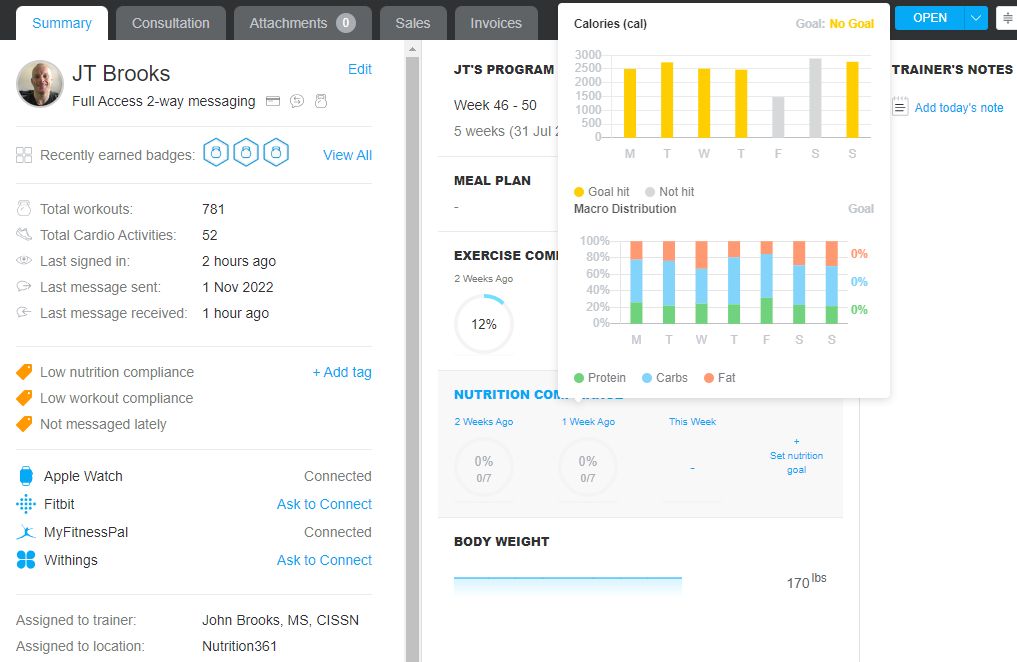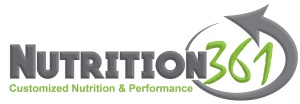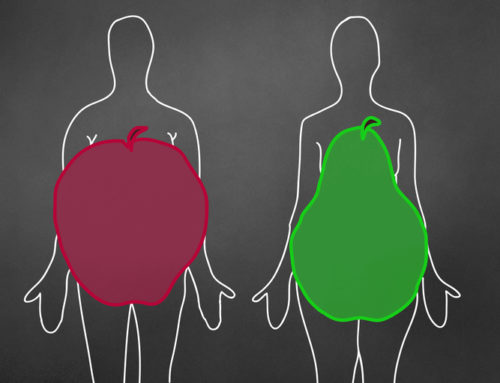If you’re eager to gain muscle and bulk up, it’s essential to approach the process with careful consideration rather than relying on a one-size-fits-all approach. In this guide, we’ll delve into the nuances of bulking up, offering insights, strategies, and tips to help you achieve your muscle-building goals while minimizing excess body fat.
Table of contents:
What is Bulking?
Bulking up involves consuming more calories than your body burns, resulting in positive energy balance that leads to an increase in body size. However, the details of this process can be intricate and require careful management to ensure that you gain more muscle than body fat.
This includes everything from how much of it is muscle gain vs. body fat, to how can you sustain the energy intake and strength training necessary to maximize the bulking phase of your training.
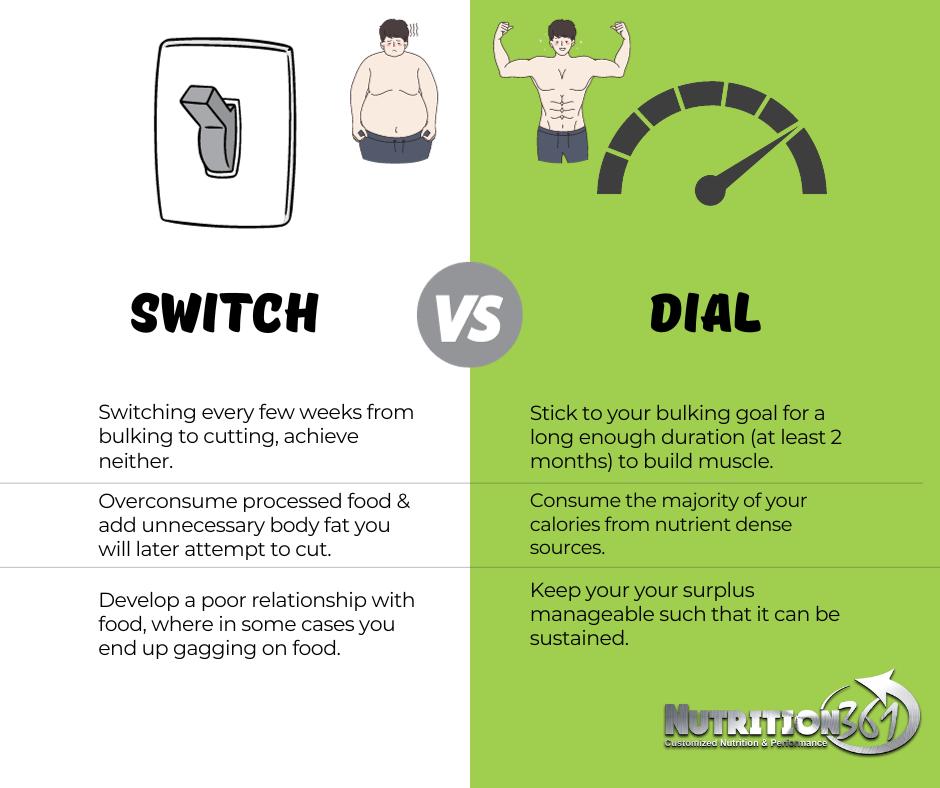
Can you build muscle while in a calorie deficit?
The short answer is it depends.
If you are in a trained population, while consistently consuming enough protein (~0.75-1.5 g/lb. of body weight) in positive energy balance, and getting the right number of hours of sleep, then it is unlikely you will build muscle in a deficit.
Newbie gains are a real thing, even in an energy deficit. In other words, there’s more margin for error and this population can build muscle while in a calorie deficit.
Therefore, especially if the criteria above is met aside from positive energy balance, you can build muscle while losing bodyfat. However, this is not something to bank in the long run.
Key Terms about Building Muscle
Below are a set of terms often used when discussing the topic of building muscle / bulking. I don’t use some of these terms as they are often not narrowly defined, however they are used so much the internet wins lol, so I’ll define them here.
My 10-Week Bulking Journey
I was a skinny kid and had to focus on gaining weight. Below are some old pictures (pre digital camera so I had to snap a pic of them lol). Sorry, I don’t have any good ones before I was consistently lifting, but trust me I was skinny, weighing in at 131 lbs. and 5’10” tall. Later in this article, I will also share strategies for other body types.

September 171 lbs . vs. November 182 lbs. (10 weeks)
These pictures are me at 22 during a bulking phase. I was able to add 11 lbs. over the course of 10 weeks. Clearly from the pics above it wasn’t all muscle. However, I didn’t add so much body fat that my abs disappeared (the lighting and angle on these pics are not great). I stuck with this bulk for another 4 weeks and ultimately was at 186 lbs. I cut from there and maintained a lean 177 lbs. I need to find those pictures!
Key Considerations for Building Muscle
- 1Have a clear timeline: You need a sustained calorie surplus combined with a proper workout routine to fully realize your bulking goal. I’ve observed many individuals constantly switching between bulking and cutting, and they do not fully achieve either goal.
- 2Identify your body type to determine the appropriate calorie surplus you can sustain for gaining lean mass. Note the influence of training/sport and the role of genetics.
- 3
Smart nutrition choices: Set sustainable macro goals with a realistic surplus. In pursuit of gaining weight to build muscle, especially for hard gainers, eating everything or “dirty bulking” is not a great strategy. It can lead to a poor relationship with food as well as extra fat accumulation.
Building Muscle for Different Body Types
Somatotyping is an objective method for describing various traits relating to body composition and shape. Researchers Heath & Carter created a rating scale based on various measures to more precisely quantify body types.
The somatotype rates the physique by using measures related to the body shape, body composition, adiposity (body fatness), musculoskeletal robustness, and slenderness.
Check out the chart below to see where you fit on the scale. Note, the way you train, eat, and the sport you can compete in will influence this as well.
The degree to which genetics affects your body type is interesting. When it comes to mesomorphy (musculoskeletal robustness) and ectomorphy (slenderness) traits, the high heritabilities are retained from adolescence to adulthood at a greater rate than endomorphy.
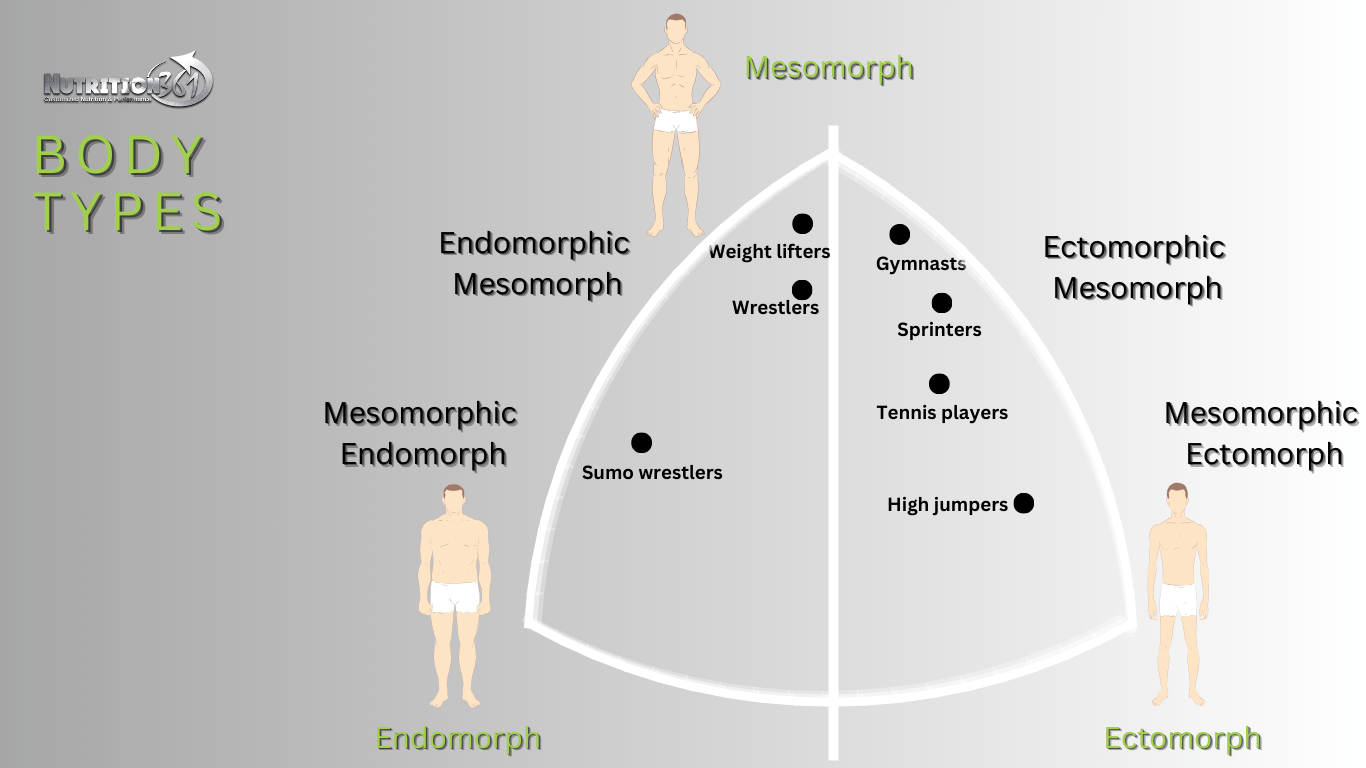
Body types exist on a continuum, and people display a combination of the three traits to varying degrees. For instance, I’m somewhere on the scale of an ectomorphic mesomorph and prior to following a good workout plan and eating enough food (protein rich and in positive energy balance) I was more on the mesomorphic ectomorph part of the scale.
Regardless of where you start, if you employ proper resistance training and eat a protein rich, nutrient dense diet you will move up the continuum displaying more mesomorphic traits, i.e. toward your desired physique. How much of a surplus, cardio, etc. one needs will depend on your goal and starting point.
The Importance of Macros in Weight Gain
Achieving a calorie surplus is the foundation of bulking, but the composition of those calories matters. To ensure optimal results and minimize fat gain, it’s essential to pay attention to macronutrients.
Presumably one will want to see their abs at some point. While it’s cool to have a big bench press, maintaining it while you lean out is even better. Also, there is a point of diminishing returns from excess fat gain. Finding the sweet spot where you are adding mass while minimizing extra body fat is the key.
Too often the advice for those seeking to gain weight, especially hard gainers is to eat whatever you want so long as you hit your macros, recall the term dirty bulking defined above.
While it is true that it is easier to ensure against nutrient deficiencies due to the large amount of calories consumed, it doesn’t mean unchecked eating is the right path.
Typically, one should aim for at least 80% of their energy intake to come from nutrient dense sources and no more than 20% (ideally less) from whatever you want within the context of hitting your macros (within 10%, no need to obsess).
In a surplus you can bump the proportion of calories from nutrient dense sources down a little (I have clients closer to 70%). This is done not only for long-term health reasons, but also feeling good after eating and limiting excess body fat accumulation.
In my experience both coaching and trying to gain weight in the past, some (especially hard gainers) can struggle to maintain a surplus due to an excess of overly processed (aka junk) food.
Specifically, the issue is foods high in both carbs and fat together (fried foods, chips, donuts, etc.) predominating ones intake. This in my experience causes one to feel bloated, lethargic, heartburn etc.
On the flip side you may be thinking nutrient dense food is more filling, hence it’s one of the keys to maintaining a deficit and you’d be correct.
Hence…
- 1
Calculate your total daily energy expenditure (TDEE), then set a surplus amount (EX: 10%).
- 2Set your protein to the appropriate range for building muscle.
- 3Set your fat to the proper range.
- 4Left over calories are allocated to carbohydrates.
To make the above simple, go to the macro calculator below and you’ll find 2 options, moderate surplus and aggressive surplus.
*Note the calculator is set to a fixed percentage for each macronutrient, so the amount of protein for extra active individuals is higher than what I’d recommend. Therefore, I’d use protein at 1 g/lb. bodyweight and shift the extra calories to carbs.
Why Carbs are Crucial
So how do you add mass, while limiting excess fat gain?
Both carbs and fat are protein sparing. This means we are not concerned with protein being burned for energy as the ample amount of carbs and fat take up that role without concern of protein being used for energy.
This way protein is spared for protein synthesis, i.e. adding lean mass (muscle, bone density, etc.). So once you have an ample amount protein, the excess energy should come from fat and carbs.
Recall that protein is the most satiating (filling) macronutrient and it has the highest thermic effect. Going beyond what is necessary can work against you as you’ll consume fewer calories, and you won’t be able to to maintain an energy surplus.
So eating extra cottage cheese or other filling protein sources beyond your protein goal is not advised. This will NOT result in building extra pounds of muscle once you’ve reached the optimal amount of protein.
Focus on carbohydrates as the main source of your excess calories beyond hitting your initial fat and protein goals. In addition to my experience both personally and coaching clients, evidence demonstrates that focusing on fat as the surplus source can lead to greater body fat storage versus carbohydrates.
Focusing on carbs will leave you performing better. A recent review demonstrated:
“Emerging evidence suggests that dietary carbohydrate restriction increases protein oxidation, thereby limiting essential amino acid availability necessary to stimulate optimal muscle protein synthesis and promote muscle recovery. Low carbohydrate feeding for 24 h increases branched-chain amino acid (BCAA) oxidation and reduces myogenic regulator factor transcription compared to mixed-macronutrient feeding. When carbohydrate restriction is maintained for 8 to 12 weeks, the alterations in anabolic signaling, protein synthesis, and myogenesis likely contribute to limited hypertrophic responses to resistance training. The blunted hypertrophic response to resistance training when carbohydrate availability is low does not affect muscle strength, whereas persistently low muscle glycogen does impair anaerobic output during high-intensity sprint and time to exhaustion tests.”
In summary, carbohydrates play a pivotal role in building muscle while limiting excess fat gain. They spare protein for muscle synthesis and enhance performance during workouts. Focusing on carbs as a primary surplus source can optimize your results.
On a personal note, I’ve found it easier to fill up on carb rich foods, such as rice cakes without feeling bloated while maintaining a surplus.

Choosing the Ideal Size Surplus
1) Your training status: Trained vs. Untrained. This isn’t well defined in the research, so we will define it as follows, trained = training consistently for at least one year.
2) Your body type as outlined above.
Trained individuals will generally be better off with a smaller surplus (250 – 400 kcal/d.) to avoid excess bodyfat as they are likely closer to their max potential in terms of lean mass with a desirable bodyfat level.
Untrained individuals can generally start higher (400 – 800 kcal/d.) as they have more potential for growth. That stated, once you’ve considered training status, you should now assess your body type. For instance, if you’re untrained and closer to a mesomorphic endomorph you’d be better off with a smaller surplus to start as you can always add more calories if need be, saving yourself from having to lose excess bodyfat from too aggressive of an approach to start.
From there, one would need to assess how they respond to dial in the right surplus.
Hard Gainers
Recall from above, a hard gainer is one who struggles to gain weight. Some of you are this person or you have a friend that you think can eat whatever they want and can’t gain weight.
These individuals are often falsely labeled as having a “fast metabolism.”
If two individuals (same age for simplicity) do the same workout and one guy is bigger, say 50 pounds heavier. The big guy burns more calories. Also the basal metabolic rate of the bigger guy is higher. Body composition will impact this, but not nearly enough to erase the difference in calorie burn with such a large difference in mass.
Individual differences matter as there is not a right way™ for everyone to get the best results. In some individuals, a surplus of 500 kcal/day leads to compensation.
Let’s use a sample individual to flesh this out, meet Johnny Bulk.
Johnny Bulk has a calculated total daily energy expenditure (TDEE) of 3000 calories per day. Johnny is prescribed a 500 kcal/d energy surplus, so his total calorie intake will be 3500 calories per day. Johnny is a hard gainer/high NEAT individual. This means he may compensate in one of two ways, or a combination of the two leading to his weight staying the same.
- 1
Hard gainers are high NEAT individuals. In response to what should be a caloric surplus, these people move more, and therefore burn more calories through greater movement. This is everything from fidgeting, sitting less, walking faster, etc. Note that there is a point where these individuals reach a surplus and gain weight, it’s just higher than others.
- 2
The other often overlooked factor is another form of compensation. This time instead of activity these individuals may hold a surplus for a few days, however they compensate by eating less in subsequent days. Their satiety signals kick in. This is one of the reasons why putting an emphasis consistency and choosing carbs as your primary surplus source is paramount for building mass.
Supplements
Supplements can be a useful addition to your bulking plan, but they should not replace integral parts of your diet. For instance, your favorite greens powder does not substitute for eating vegetables. While these powders are rich in antioxidants they do not replace the fiber, bulk, and positive impact on your gut microbiome. If you won’t eat them, try blending them into a smoothie.
Consider options such as protein powder, creatine, vitamin D, fish oil, and caffeine to support your muscle-building efforts. For protein powders, whey is a great source of BCAAs and now many plant based powders incorporate them too. Find one you like that isn’t over priced. In some cases, hard gainers for example, a carb powder or weight gainer can be a useful addition for added calories. That stated, I prefer my clients add extra fruit to their shakes as a better source of carbs.
Quick Training Tips
Training for building mass warrants an entire article, which I will write in the future. In the meantime, here are some quick tips based on the latest research.
Whether you are doing a bro split, upper/lower split, or full body, try to hit every muscle 2-3 times per week.
Don’t be too dogmatic about rep ranges, the truth is most things done properly work for building muscle. Aim to be optimal with the rep guide below.
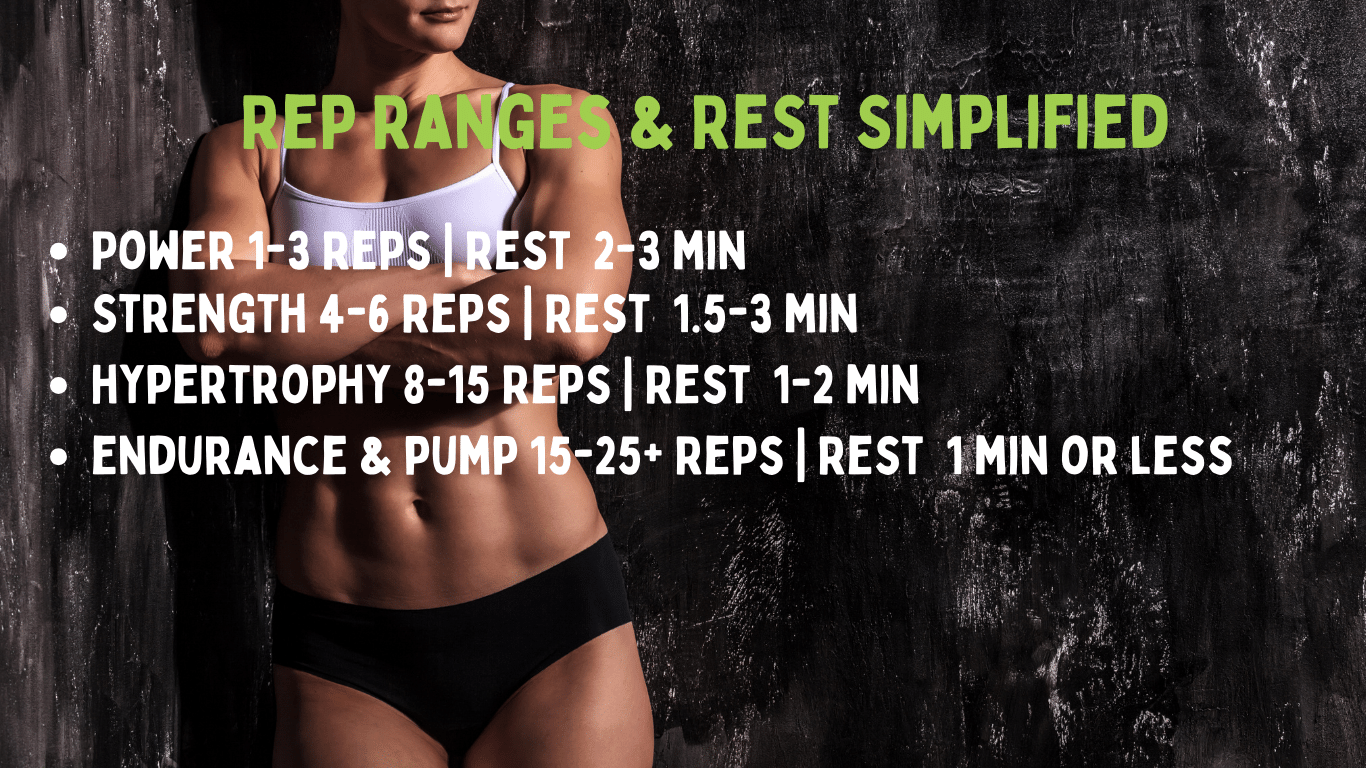
Final Tips
If you are interested in coaching for your muscle building goal, I offer various services: One time macro consults, 1-on-1 nutrition coaching, training plans delivered on a fantastic app, etc. Consultations are obligation free.
